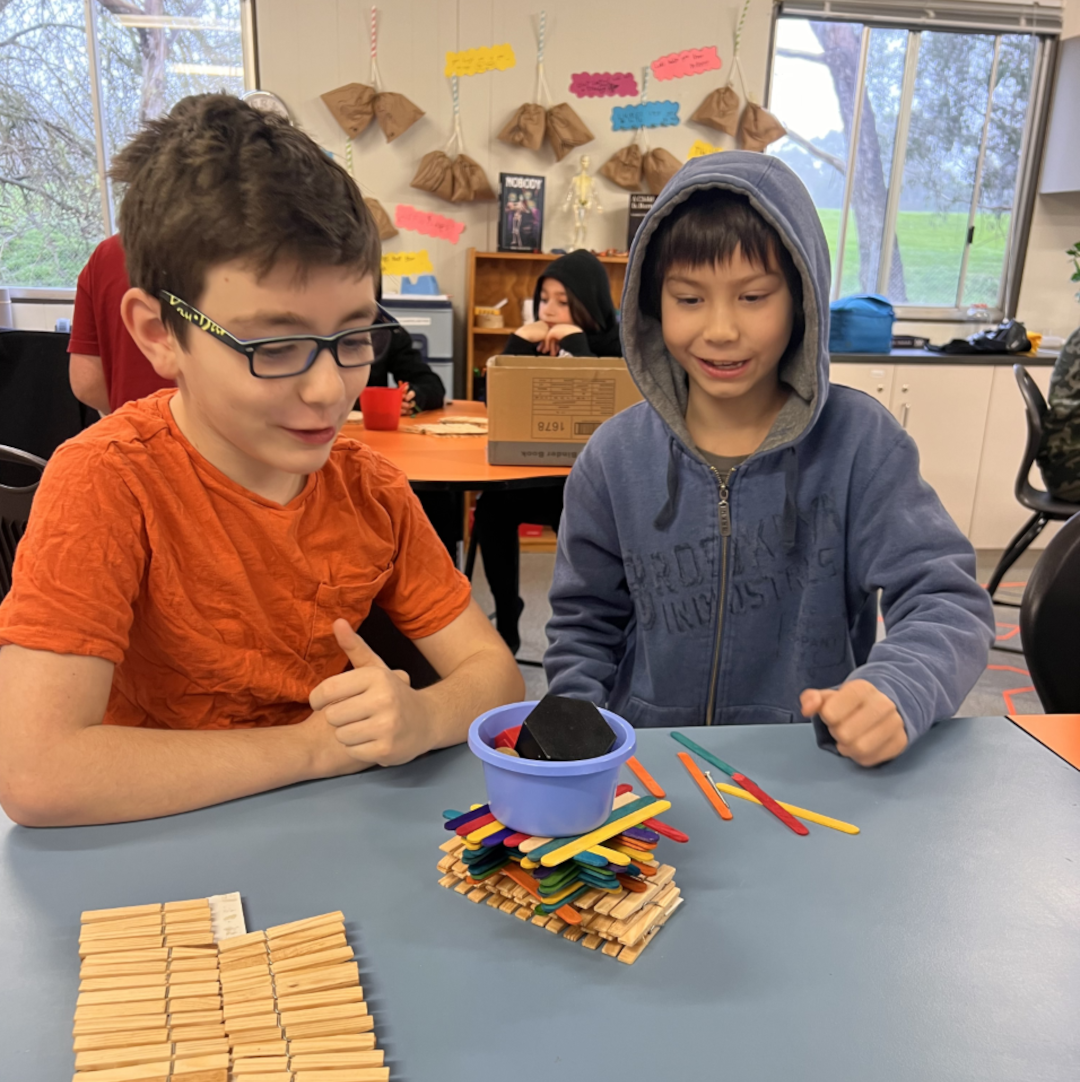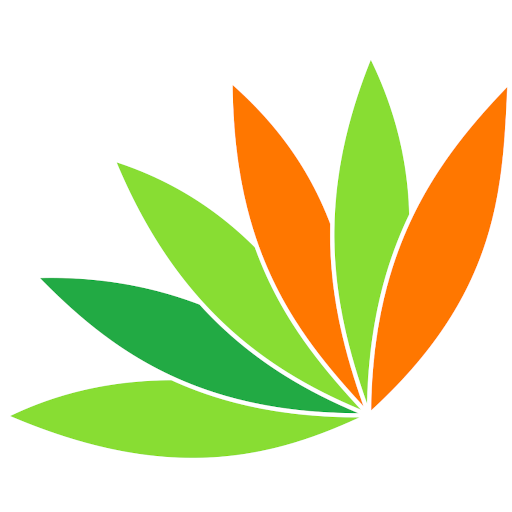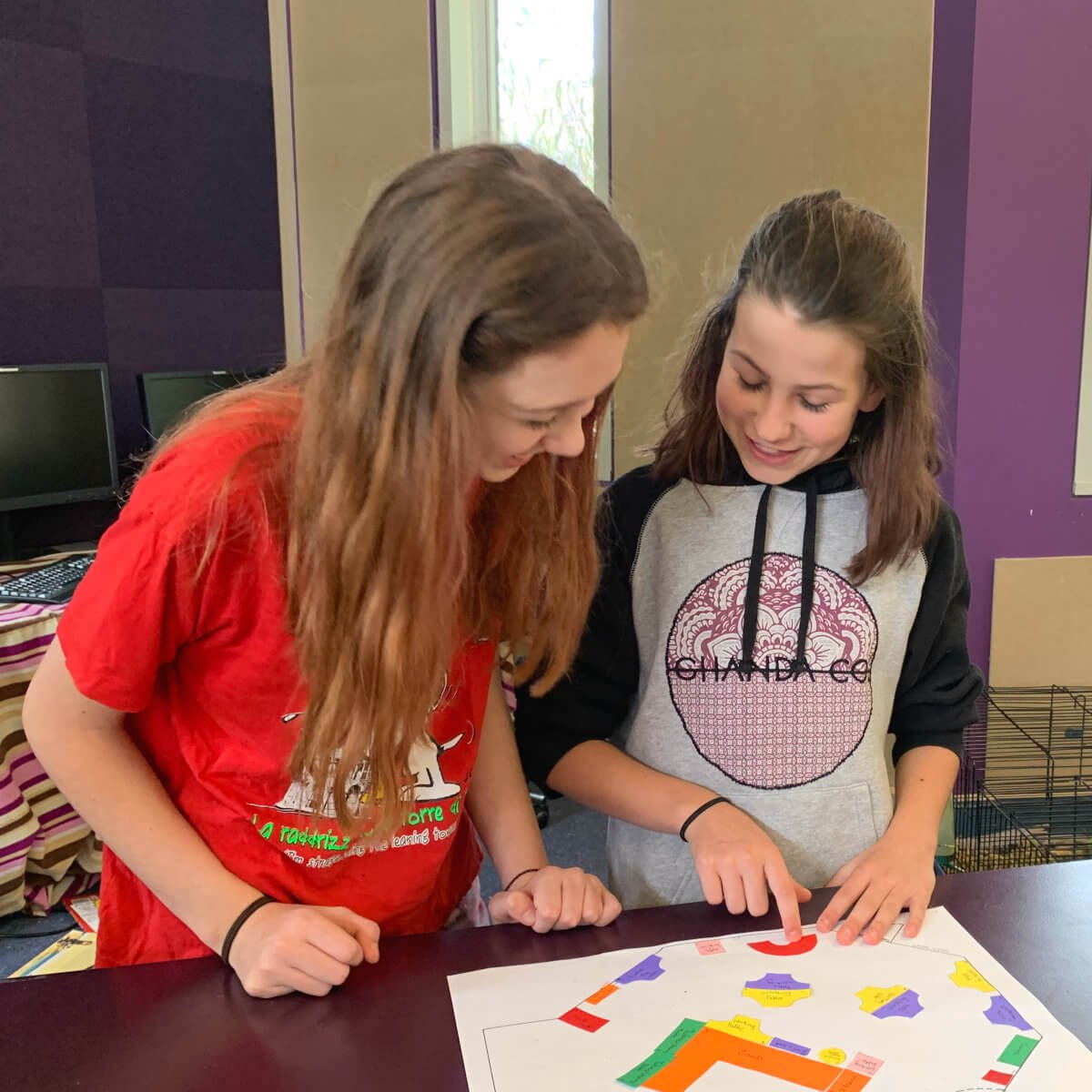
Technologies
We use practical tasks to strengthen students’ understanding of the role of technologies.
Technology is incorporated into learning activities across the curriculum at Village School, and we use practical tasks to strengthen students’ abilities and understanding of the role of technology in their lives. Our design and digital technologies program is carefully adjusted to match up with the Victorian curriculum to ensure that students develop the required technology skills.
Technology curriculum
The technology curriculum provides students with an opportunity to understand and make use of traditional and modern technologies and contribute to a sustainable future for everyone. Students begin by developing essential technology skills and understanding and build on those experiences as their capabilities increase further.
-
Children explore, discuss and recognise the relationship between people and technology, and the impact that technologies can have on us and the world.
-
Students understand and describe the needs of a range of technologies contexts, including food, clothing, engineering, health, safety. They explore a range of materials and discuss how they can be used to meet the needs of various contexts.
-
Students learn about the different components that make up digital systems, and how they can be used for different purposes. They have access to computer workstations, laptops and portable devices including tablets, and develop practical skills in the use of information and computer technologies (ICT).
-
In this area, students use technologies to collect, manipulate and present data. They use technologies safely and create and communicate ideas and information using standard formats.
-
Students define problems and follow a defined process to create solutions: creating project plans and identifying required technologies. Their solutions may include decision-making, user input and repetition. They suggest criteria for success, including sustainability considerations, and use models, drawing and graphical representations to communicate their designs to others.
General capabilities
Learning about design and digital technologies provides students with a range of general abilities:
Reading and writing about the different technologies and contexts
Manipulating and representing numbers and data
Developing confidence in using and understanding ICT resources
Using logical thinking and reasoning to develop solutions that address criteria
Understanding the impact of technologies on people
Considering conflicting priorities in the use and design of technologies
Understanding how different people and cultures use technologies
Technology at Village School
Our approach to technology is to incorporate it throughout our learning activities at Village School, including in our STEAM program. This allows students ample opportunity to develop skills in technologies and understand their impact on the world.
Technology skills become relevant across many curriculum areas and activities, and we actively look for ways to include them in our classroom learning. We focus on the process of learning and adapt our projects and themes to accommodate each student’s interests and abilities. Students who are interested in particular skills or topics have the freedom to pursue those areas, further enhancing their love of learning.
We use a number of different resources to support our technologies program, including online applications, materials from the Recycle Truck, donated materials from our families as well as carpentry tools, maths equipment, glue, paper, scissors etc.
Examples of technology activities
Students learn about technologies in lots of different ways at Village School, such as in the examples listed below.
-
Children were given the task of creating a model of a children’s playground where they could experiment with levers, pulleys as well as electric motors to create Merry Go Rounds and Ferris wheels.
-
Students created buildings made out of just cardboard, with no masking tape or glue used so that the children needed to find other ways of joining pieces together.
-
Children designed and created a parachute that would allow a raw egg to land safely on the ground when dropped from a certain height (off the kitchen balcony).




